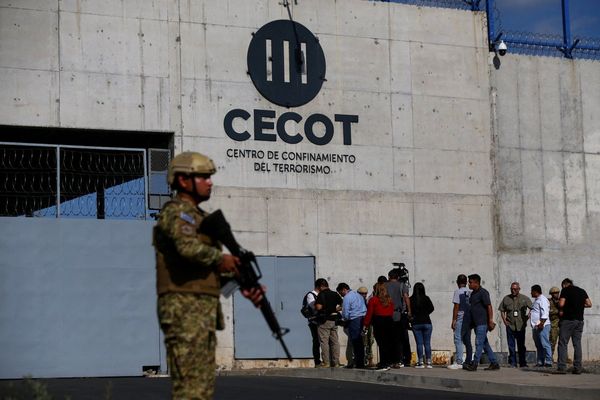The X-Trail can now be had with that grunty 2.5-litre petrol engine at a considerably lower price point.

What’s new?
This is the belated facelift for the Nissan X-Trail, a seven-seat SUV locking horns directly with the Honda CR-V.
Exterior changes include a more pronounced V-shaped nose and restyled rear lamps, as such.
The interior has been upgraded with new steering wheel and there are now more features in the X-Trail on both the safety and convenience fronts.
Nissan’s car-based SUV hasn’t changed mechanically, although the Thai Nissan office has decided to drop the 144hp 2.0-litre petrol engine but continue with the 171hp 2.5-litre variation.
Tested here is the VL spec with 4WD costing 1.66 million baht. The CR-V, equipped with 173hp 2.4-litre petrol unit driving all four wheels, goes for 111k less.

What’s cool?
Thanks to the more pronounced lines up front, the X-Trail feels decently fresh again after being around in the Thai market for five years in this generation.
The driving environment still looks the part thanks to that new flat-bottomed steering and some soft-touch materials helping lift perceived quality.
People liking a good spec sheet shouldn’t be disappointed with the X-Trail as it’s got the latest in smartphone connectivity and lots of driving aids, if you opt for the range-topping XL trim. There’s also power tailgate operation and large sunroof.
The four-cylinder petrol motor offers plenty of low-rev zing. Plus, the X-Trail rides comfortably on the sealed tarmac and has some off-road ability (in 4WD form as tested here) that the CR-V probably couldn’t match.
Use the X-Trail as a five-seater and there’s ample of space for five and their belongings. The second-row seats are placed quite high and yield an airy feel.


What’s not?
While the 2.5-litre engine isn’t short on poke, the 2.4-litre counterpart in the CR-V appears to be more eager when you take the gang for a holiday upcountry.
Also, the Honda tends to handle more neatly and conceals its mass better than the Nissan during on-road driving.
Current owners of the pre-facelift X-Trail in 2.0-litre form should be glad to know that this 2.5-litre guzzles more fuel and is only slightly superior in delivering more performance.
If you intend to use the third-row seats, beware of its ultra-cramped quarters even if the middle-row chairs can slide forward to help liberate rear legroom for those seated behind.

Buy or bye?
Nissan may have its reasons for changing tack with the engine on the entry-level front (the 2.5-litre has lower tech than the 2.0-litre).
At least, those needing better performance at a lower price than ever should find the X-Trail a decent deal, combined with an attractive kit.
However, this particular X-Trail is not necessarily the better SUV than the CR-V, not to mention the Honda being cheaper.
Punters of this facelifted X-Trail who don’t need 4WD ability and generous spec might wish to scale down to the S and V trims asking for 1.35 and 1.46 million baht respectively.
These two versions are considerably cheaper to buy and not only look good value against the CR-V but also over those old-fashioned pickup-based SUVs.
THE HYBRID OPTION

Like in the pre-facelift model of the Nissan X-Trail, there’s a hybrid to choose from featuring 2.0-litre engine and electric motor developing a combined 179hp.
As we once said during its launch several years ago, the X-Trail Hybrid form is the one to go for if you don’t mind five seats (the batteries are placed where the third-row bench would have been). As well, no other rival brands are offering a hybrid in Thailand.
Sadly, though, we might not be able to recommend it outright again in revised form mainly for reasons of price.
Rather than starting off at 1.335 million baht, the cheapest X-Trail Hybrid is now priced at 1.537 million baht due to more features.
People who simply need the more frugal drivetrain the X-Trail Hybrid has to offer now needs to fork out an extra 202,000 baht. That’s quite by some margin.
All of a sudden, it appears the Thai Nissan office is desperate to get buyers into the 2.5-litre pure petrol X-Trail as tested in the main story.
Rather than promoting new technologies (the Hybrid enjoys 4% excise tax rather than the 2.5’s 30% duty), Nissan seems to be more interested in depleting older stuff in Thailand.







